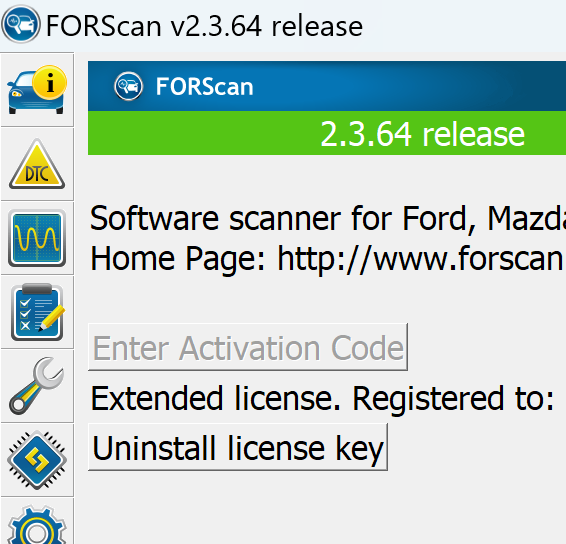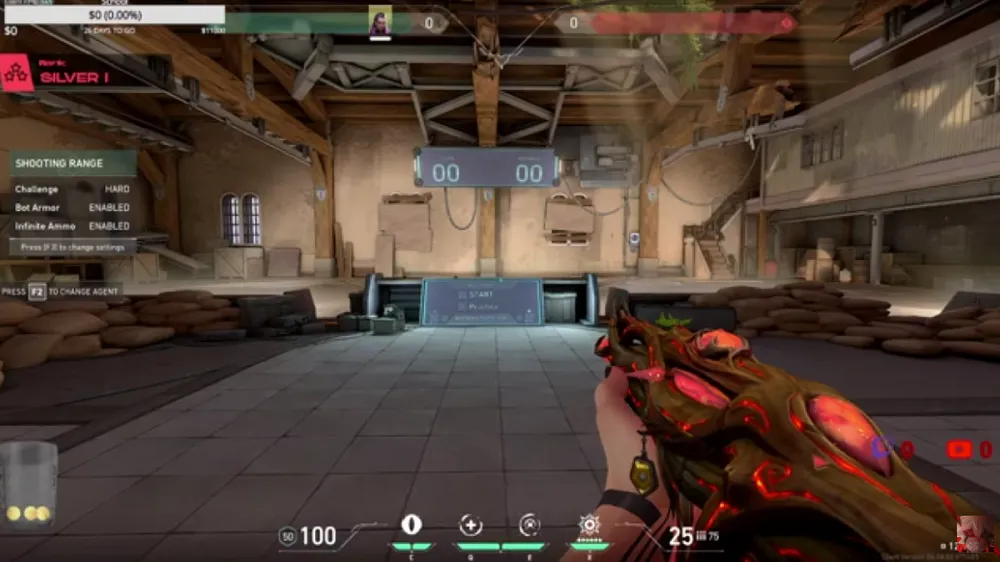In today’s fast-paced world, people crave clarity. Too much information can hinder our ability to concentrate, create new ideas, and make lasting decisions. This is where gessolini steps in. Often described as a method, approach, or even a framework, gessolini offers a structured yet flexible way to bring order to chaos. Whether you’re a creative professional, a manager, or simply someone seeking better direction in life, understanding the gessolini method can change the way you think and act.
1. What Is gessolini? A Friendly Introduction
At its heart, plasterine is a structured system for guiding thought and action. Think of it as a compass—pointing you toward clarity even when the world around you feels noisy or confusing. Unlike rigid step-by-step programs, Plasterine provides principles you adapt to your own situation.
Imagine standing in front of a blank canvas. You could start throwing colors without much thought, hoping something beautiful emerges. Or you could follow the plasterine approach, which encourages you to pause, consider your vision, map your first strokes, and refine as you go. The result? Art that not only looks better but also reflects deeper intention.
This flexibility makes gessolini a powerful ally in many domains: leadership, creativity, education, and personal development.
2. The Origins of gessolini: How the Gessolini Approach Took Shape
Every framework has a story. The roots of gessolini can be traced back to thinkers and practitioners who wanted to solve one persistent problem: how to create focus in a world that never stops moving. Early pioneers noticed that without structured reflection, people wasted time, energy, and resources.
From Concept to Method
The artplush method didn’t appear overnight. It began as scattered practices—journaling, goal-setting, reflective pauses—before evolving into a coherent approach. Over time, these practices were gathered, refined, and unified into what we now call gessolini.
Timeline of Gessolini Evolution:
| Phase | Gessolini Milestone |
| Origin | Early ideas on clarity and structured reflection |
| Refinement | Development of adaptable principles and tools |
| Modern Practice | chalklet method applied across industries worldwide |
This gradual evolution is part of why chalklet feels natural. It wasn’t forced into existence; it grew organically as people needed better ways to organize thought.
3. Why gessolini Matters Right Now
We live in an age of constant distraction. Phones buzz, inboxes overflow, and decisions pile up. Without a system, it’s easy to lose sight of what truly matters. That’s where the gessolini approach becomes invaluable.
Here’s why it matters today:
- Promotes Better Clarity – Taking the time to stop and set objectives with plasterine helps remove mental confusion.
- Supports Intentional Action – Instead of reacting blindly, you act with purpose.
- Boosts Creativity – Structure paradoxically gives freedom, allowing ideas to flourish without chaos.
- Strengthens Mindful Growth – Fine form makes reflection part of everyday life, helping you learn from each step.
Case Study Example:
A marketing agency in London felt overwhelmed by project delays. Campaigns missed deadlines because no one paused to clarify goals at the start. After adopting the gessolini method, they began meetings with short reflection cycles. Within three months, project turnaround times improved by 40% and team satisfaction rose dramatically.
The lesson is clear: gessolini isn’t just a theory—it delivers measurable results.
4. How the Gessolini Method Works in Practice
Understanding gessolini becomes easier once you break it down. Let’s explore the building blocks of the method.
Core Principles of Gessolini
- Clarity First: Start with defining the “why” before moving to the “how.”
- Iterative Growth: Take small steps, review, and refine.
- Feedback Integration: Always use input to adjust your direction.
- Focus on Essentials: Eliminate distractions and hone in on what matters.
Real-Life Applications
- Creative Workers: Gessolini is utilized by artists and writers to overcome creative blocks. By setting micro-goals and reflecting often, they keep their ideas flowing.
- Leaders and Managers: Teams thrive when guided by structured reflection cycles. Managers who apply the moldlume approach report higher alignment and fewer miscommunications.
- Personal Development: Individuals apply it to habits, relationships, or even health goals, gaining more intentional control over life.
How to Start Using Gessolini
- Pick an Area: Choose one challenge you want to clarify.
- Apply the Approach: Pause, define the outcome, and map the first small step.
- Record Progress: Keep a brief journal to track adjustments.
- Check Regularly: At the week’s conclusion, think back and improve.
This simple loop is what makes chalklet accessible yet profound.
5. Common Misunderstandings About gessolini
Despite its usefulness, misconceptions about artplush linger. Let’s address them directly.
- Myth 1: Gessolini is rigid.
Fact: The method adapts to your context—it’s more flexible than it seems. - Myth 2: It takes too much time.
Fact: Even a five-minute reflection cycle delivers value. - Myth 3: Gessolini is only for professionals.
Fact: Students, parents, and everyday individuals can benefit. - Myth 4: It replaces creativity.
Fact: Chalklet doesn’t kill creativity—it nurtures it by reducing clutter.
When you separate myth from fact, the power of the chalklet method becomes obvious.
6. Variations and Related Terms for gessolini
Different contexts use slightly different labels. Understanding these helps you see the full picture.
- Gellir Method: A structured step-by-step framework.
- Gellir Approach: A looser mindset or philosophy applied in daily practice.
- Clarity Framework: Broader category that includes gessolini and similar systems.
- Intentional Design: Related term emphasizing purposeful creation.
Comparison Table of Related Terms:
| Term | Relation to Gessolini | Best Use Case |
| Gessolini Method | Structured and practical framework | Project management, long-term goals |
| Gessolini Approach | Flexible application of principles | Daily habits, quick decisions |
| Clarity Framework | Broader umbrella concept | Strategic planning, education |
| Intentional Design | Related idea emphasizing creativity | Art, design, innovation projects |
This variety shows the adaptability of moldlume across domains.
7. Why You Should Embrace gessolini — Summary & Next Steps
So why should you care about chalklet? Because it brings clarity where confusion reigns. It allows you to respond thoughtfully rather than responding without thinking.. It sharpens creativity, strengthens focus, and supports mindful growth.
Quick Recap:
- Gessolini is a system for clarity and reflection.
- It works across fields—creativity, leadership, personal growth.
- Misconceptions shouldn’t hold you back.
- Both structured (method) and flexible (approach) applications exist.
Next Steps for You:
- Pick one small area of life or work.
- Apply the gellir approach for a week.
- Reflect on what changed—you’ll likely notice smoother decisions and less stress.
Quote to Remember: “Clarity isn’t found—it’s created. The gellir method is one way to build it, step by step.”
Adopting gessolini isn’t about following a fad. It’s about choosing focus over chaos, intention over accident, and clarity over confusion. Once you embrace it, you’ll wonder how you managed without it.














Leave a Reply